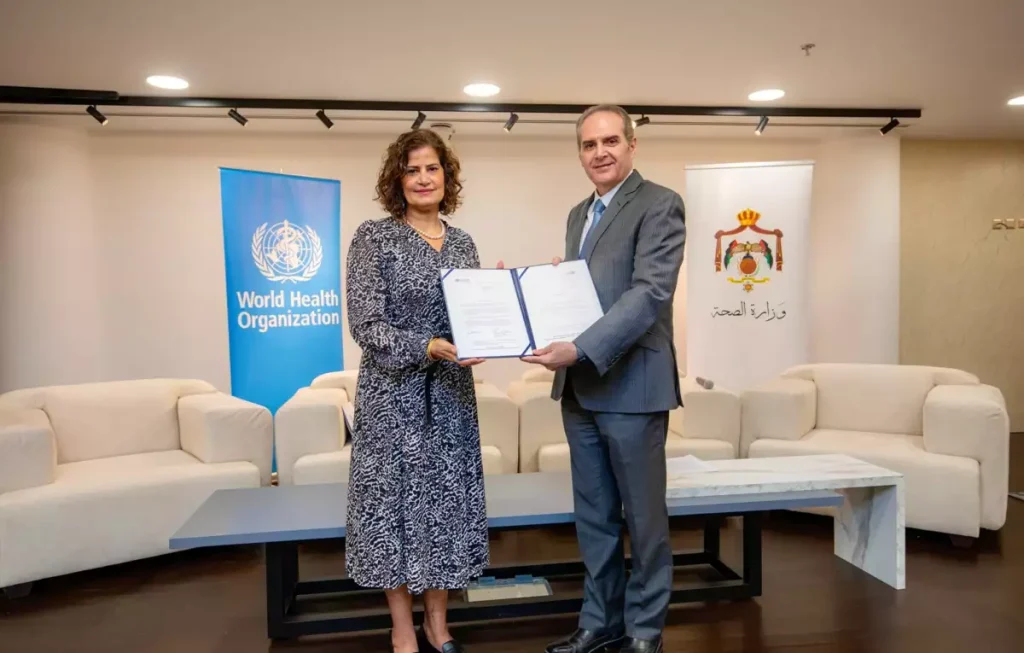Context:
Recently, Jordan became the first country to receive official World Health Organization (WHO) verification for eliminating leprosy.
More on the news
- Jordan’s success is the result of years of public health campaigns, early detection programs, free treatment, and community education.
- Jordan has not reported any autochthonous (Indigenous) cases of leprosy for over two decades
WHO Verification
- The verification process requires meeting specific criteria. A country must demonstrate that the prevalence of leprosy has fallen below 1 case per 10,000 population and that effective systems are in place to detect, treat, and prevent the disease from spreading.
- Jordan not only met but exceeded these requirements, ensuring that even the most remote areas have access to healthcare and public awareness campaigns.
About Leprosy
- It is a chronic infectious, neglected tropical disease (NTD) caused by a type of bacteria, Mycobacterium leprae. It is also known as Hansen’s disease.
- It affects the skin, the peripheral nerves, the mucosa of the upper respiratory tract, and the eyes. It occurs at all ages ranging from early childhood to old age.
- Transmission: The disease is transmitted through droplets from the nose and mouth of the infected person.
- Treatment: It is curable and treatment in the early stages can prevent disability.
- The currently recommended treatment regimen consists of three drugs: dapsone, rifampicin and clofazimine. This combination is referred to as multi-drug therapy (MDT).
- As per WHO, it still occurs in more than 120 countries, with more than 200,000 new cases reported every year.
- World Leprosy Day is observed annually on the last Sunday of January. The theme for World Leprosy Day 2024 was “Beat Leprosy”.
- A Global Leprosy Strategy 2021–2030 “Towards zero leprosy” was also developed through a broad consultative process with all major stakeholders during 2019 and 2020.
India’s National Strategic Plan (NSP) & Roadmap for Leprosy (2023-27)
The Government of India launched the National Strategic Plan (NSP) & Roadmap for Leprosy on 30th January 2023, aiming to achieve zero transmission of leprosy by 2027. The NSP outlines year-wise targets, public health approaches, and technical guidance, focusing on:
- Awareness: Zero stigma and discrimination.
- Early Detection: Promotion of early case detection.
- Transmission Prevention: Use of Leprosy Post Exposure Prophylaxis.
- Monitoring: Roll-out of Nikusth 2.0, a web-based information portal for leprosy case reporting.
Achievements and Progress
- National Elimination: India achieved elimination of leprosy as a public health problem in 2005 (less than 1 case per 10,000 population, as per WHO criteria).
- NLEP Initiatives: Under the National Leprosy Eradication Programme (NLEP), various initiatives have been undertaken for early detection and treatment to prevent Grade 2 Disabilities
- Decline in New Cases: New leprosy cases in India decreased from 1,25,785 in 2014-15 to 75,394 in 2021-22, contributing to 53.6% of global new leprosy cases.

